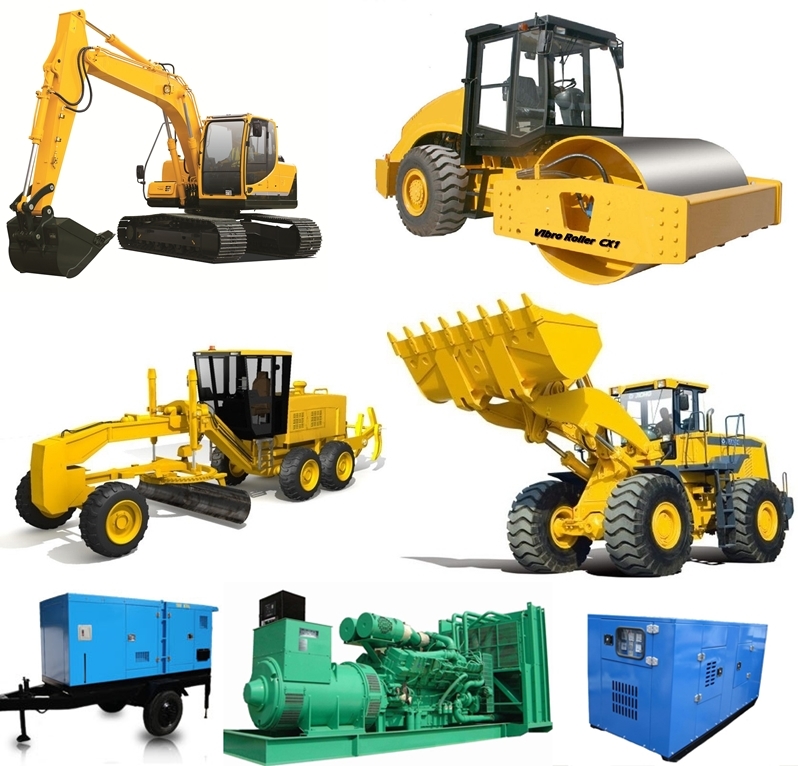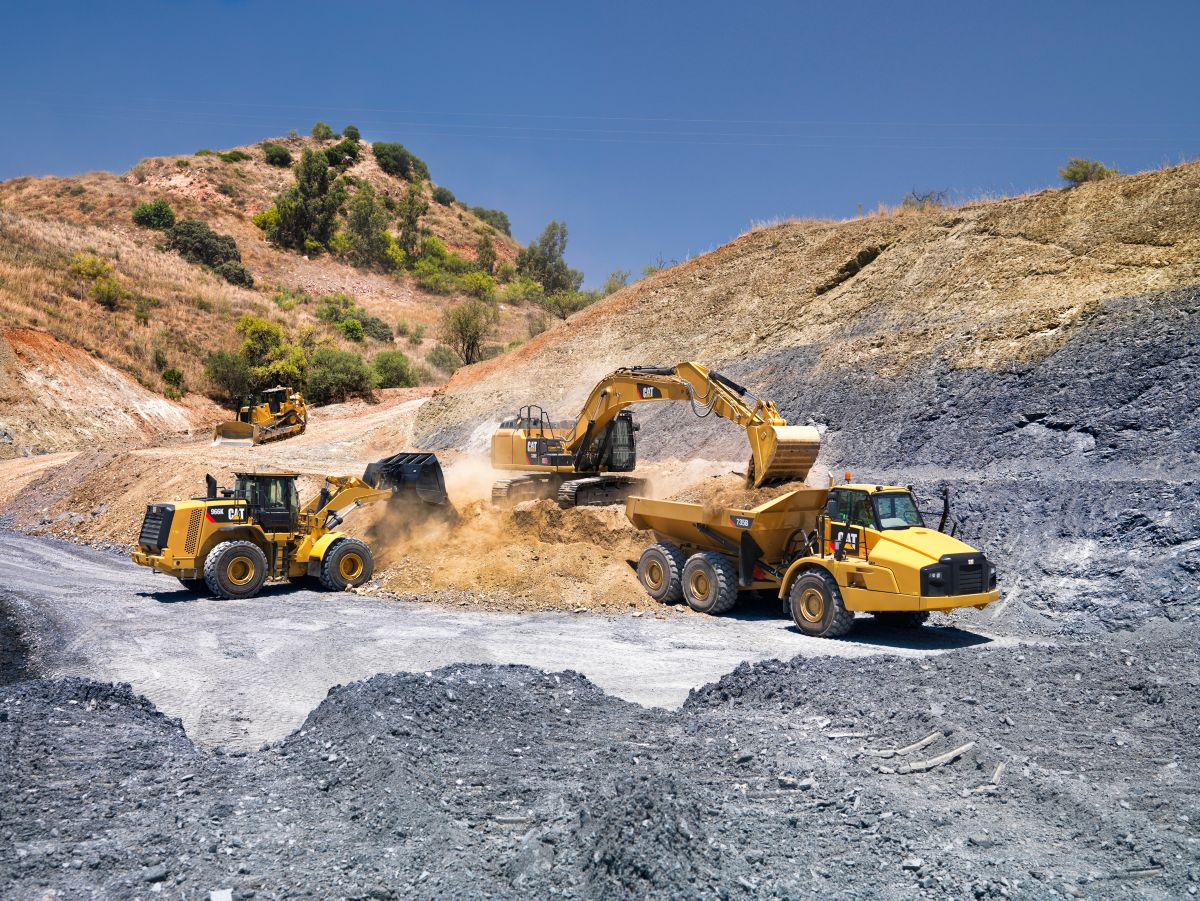Mini Excavator Rental: Compact Machines for Limited Spaces
Mini Excavator Rental: Compact Machines for Limited Spaces
Blog Article
Maximize Your Budget by Understanding the Prices Related To Building Devices Rentals
Understanding the full range of expenses connected with building and construction tools leasings is important for optimizing your budget. What techniques can be used to effectively manage these expenses and make certain a much more reliable rental experience?
Review of Rental Expenses
When considering building and construction devices rentals, understanding the linked costs is extremely important for effective budgeting and project planning. Rental expenses can differ substantially based on a number of variables, consisting of devices kind, duration of rental, and area. The initial rental cost commonly mirrors the equipment's market need and its connected functional abilities, affecting the overall expense.
Along with the base rental price, secondary expenses might arise, such as transportation costs, gas surcharges, and upkeep costs. It is necessary to represent these additional costs to properly assess the overall price of leasing tools. Moreover, the rental duration can impact prices; longer leasings may qualify for reduced prices, while short-term services may incur higher day-to-day charges.

Break Down of Rental Rates
An extensive understanding of rental rates is vital for specialists and job managers intending to maximize their spending plans. Rental prices for building and construction tools typically consist of several components, consisting of base prices, time-based fees, and use charges.
Base rates are the core charges related to the service of the tools, commonly established by the kind and dimension of the machinery. These rates can differ dramatically, affected by variables such as tools demand, availability, and local market fads. Time-based fees, which might be daily, weekly, or monthly, serve to accommodate various job timelines and rental durations.
In addition, rental prices might include use charges, which are appropriate when equipment is made use of past a specified threshold, making certain that the rental business can account for damage. Seasonal need variations can likewise affect rental prices, with peak construction periods typically commanding greater costs.
Furthermore, recognizing the rental business's policies relating to upkeep and insurance can provide more understanding into the general cost structure. By analyzing these components, professionals can make informed decisions, making certain the choice of rental tools aligns with both job requirements and budget plan restraints.
Extra Costs to Think About
Recognizing the intricacies of additional fees is vital for contractors to manage their general service expenditures effectively. Beyond the conventional rental rates, various extra costs can significantly impact the total cost of tools service. These costs often include delivery and pick-up costs, which can vary based on distance and logistics associated with carrying the devices to and from the job site.
Additionally, some rental business may impose gas additional charges if the tools is returned with less gas than when leased. It is likewise necessary to be conscious of prospective cleaning fees, particularly for customized tools that needs extensive maintenance after use.

Extensively assessing the rental arrangement and making clear these added fees upfront can assist service providers make sure and prevent unforeseen costs that spending plans stay intact throughout the project lifecycle.
Repair And Maintenance Expenses
Routine maintenance and fixing costs are typically overlooked variables that can substantially affect the general expense of building tools leasings. When renting out equipment, it is critical to take into consideration not only the rental costs however additionally the potential expenses connected with keeping the equipment in optimal operating condition.
Several rental companies include standard maintenance as component of the rental agreement; nevertheless, extra comprehensive fixings or unexpected malfunctions can cause added expenses. It's vital to review the rental contract very carefully to recognize what upkeep services are covered and what responsibilities fall on the occupant.
In addition, equipment that is not well-maintained can result in ineffectiveness at work website, potentially triggering delays and boosting project costs. To mitigate these risks, it is suggested to perform normal inspections and maintain open communication with the rental company concerning any type of problems that develop throughout usage.
Insurance Coverage and Responsibility Costs
Insurance and liability prices are critical components that can significantly influence the overall expenditure of building and construction tools leasings (boom lift rental). These costs make sure that both the rental business and the client are protected from possible monetary losses occurring from accidents, damages, or burglary throughout the rental period

In addition, customers need to know any type of deductibles or exemptions in the insurance plan, as these can impact possible out-of-pocket expenses. Recognizing the conditions of any kind of insurance coverage is crucial to prevent unanticipated prices. Ultimately, budgeting for insurance and liability costs can help make certain a smoother rental experience and safeguard versus financial threats connected with building tasks.
Conclusion
In conclusion, an extensive understanding of the costs associated with building devices rentals is necessary for reliable spending plan monitoring. Inevitably, notified decision-making relating to devices rentals adds to the overall success of building and construction undertakings.
Rental costs can vary considerably based on several factors, consisting of devices type, duration of rental, and area (aerial lift rental). check this site out The rental duration can impact rates; longer leasings may qualify for affordable rates, while temporary rentals could incur higher day-to-day charges
By performing detailed research study and involving with reputable rental firms, service providers can successfully navigate the intricacies of rental pricing, eventually maximizing their monetary resources.
Past the conventional rental prices, different supplementary fees can significantly impact the complete cost of devices rental. Rental business browse around these guys usually supply liability insurance coverage that covers injuries to third celebrations or damages to property, while devices damages insurance policy can cover the price of repair work or substitute if the rented devices is harmed.
Report this page